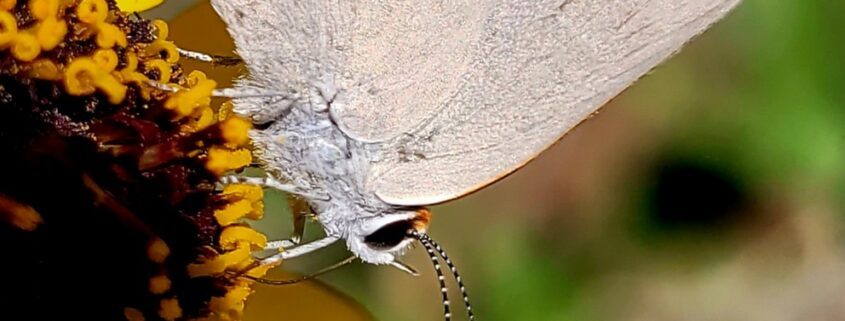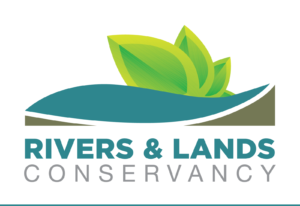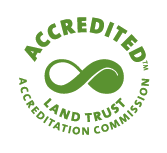
By Rebecca K. O’Connor
On Feb. 7, The Xerces Society announced a precipitous decline in the annual census of monarch numbers at overwintering sites in central Mexico.
Last year, eastern monarchs were found in 2.2 hectares and this year they inhabited only 0.9 hectares. This report followed another on western monarchs in January that showed a slight decline in a population that still sits at only 5% of population numbers recorded in the 1980s.
I found this disheartening even though I know it was a difficult weather year for the monarchs on the West Coast. Yet, I know that I contributed at least 30 monarchs to the population this year with the small patch of narrowleaf milkweed in my front yard. I also read on social media about friends who had many more monarchs in their established milkweed gardens. It makes me want to double-down on adding native plants to my garden not just for the monarch, but for all our local butterflies.
Native plants and the caterpillars that depend on them are the foundation of our local ecosystems. I’ve read that 96% of all terrestrial bird species feed insects to their young and caterpillars are an important part of this food source. Yet, many caterpillars depend on a small selection of native plant species as their host plants. If a butterfly species cannot readily find the native plants for their larvae to consume, that species disappears along with all the animal life that depends on them.
Surely the work the Rivers & Lands Conservancy does to conserve natural and wild open spaces as well as planting California native gardens has a tremendous impact on supporting these species. Yet, I wonder how exponential that impact could be if we all just planted a few California natives in our own gardens.
Planting a selection of flowering plants along with host plants for caterpillars can dramatically increase the number of butterflies as well as insectivorous bird species in your yard. West coast lady butterfly larvae are exclusive to mallows like the desert globemallow. Wild lilac of the Ceonothus species, a vibrant blue blossom shrub hosts pale swallowtails and the stunning ceonothus silk moth. California buckwheat feeds Behr’s metal mark and deerweed, the yellow-flowering shrubs we often see accompanying buckwheat in local habitats, host the delicate marine blue butterfly. Even trees such as native coast live oaks host a variety of species like California hairstreaks and California sisters.
A variety of native wildflowers, flowering shrubs and even some of the non-native flowering plants in our gardens can provide the nectar needed for adult butterflies. Add in some rocks in open areas where cold-blooded butterflies can sun themselves and they have everything they need to thrive.





